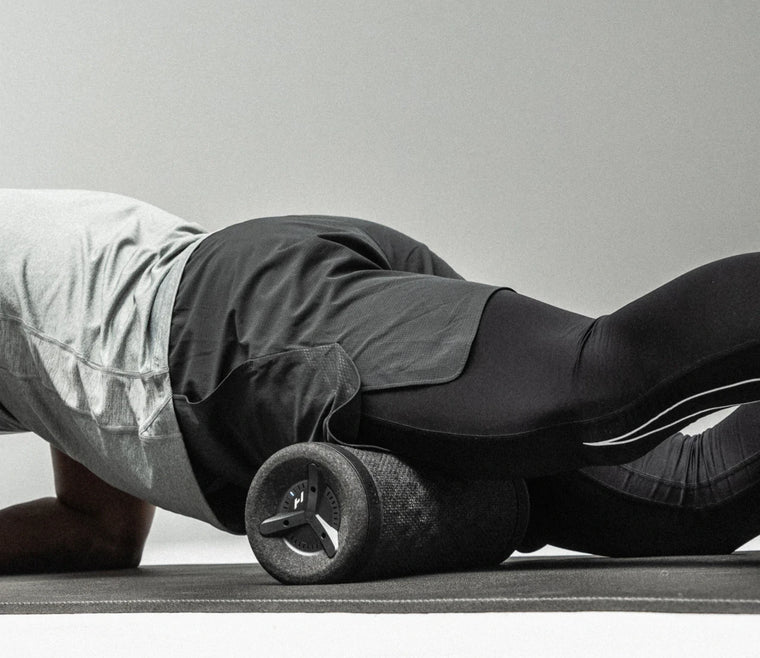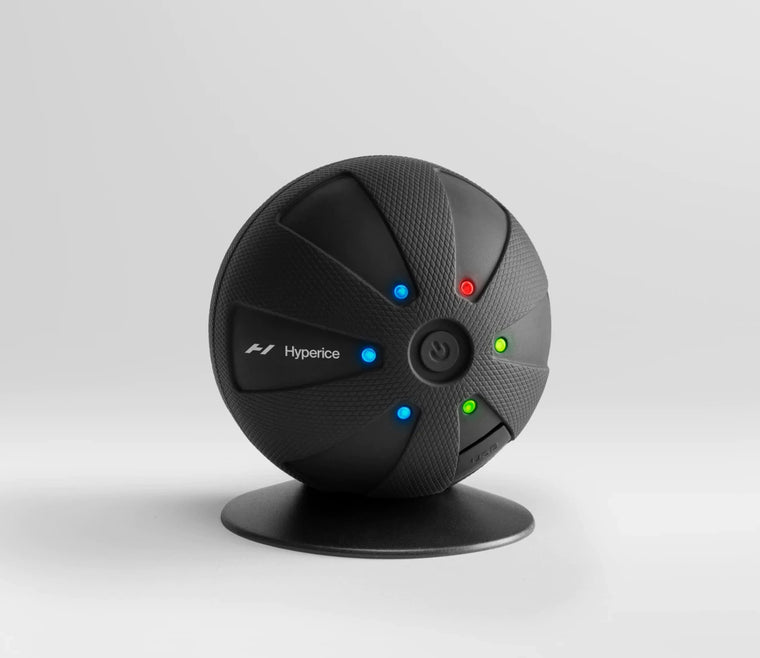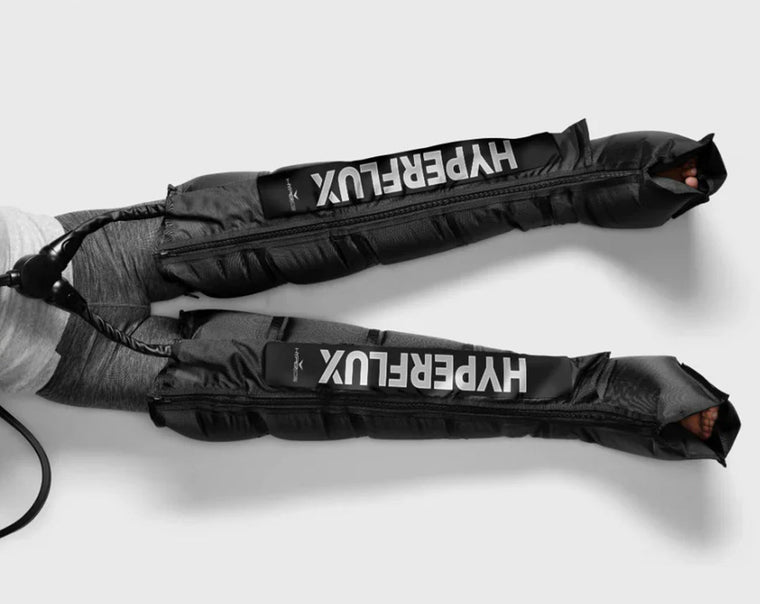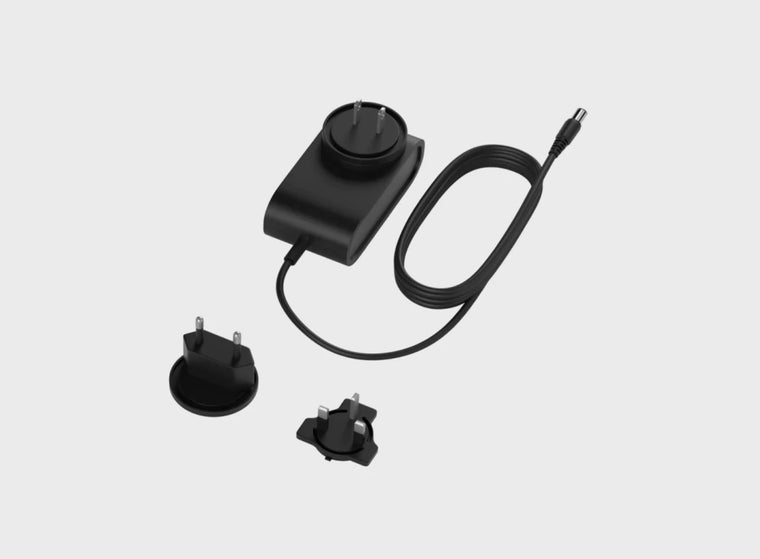The world’s most recognizable leagues and teams use Hyperice as their recovery standard.
Shop Hyperice
What does Hyperice do?
Hyperice ice compression provides hands-free therapy, combining the benefits of traditional icing with innovative design to maintain optimal cold exposure to your muscles and joints. This method is crucial for reducing swelling, easing soreness, and accelerating recovery times. Use it on the go while carrying out your regular activities.
What are the primary benefits of using ice compression therapy?
Using ice compression therapy as part of a recovery or treatment plan provides a multifaceted approach to healing and comfort. If in doubt, consult with a healthcare professional for personalized advice and to ensure it's appropriate for your specific situation.
Reduce swelling and inflammation
By applying cold pressure, ice compression therapy can significantly decrease the blood flow to the targeted area, which helps reduce swelling and inflammation from injuries.

Alleviate pain
Cold therapy helps to numb the affected area, providing immediate relief from pain. Compression also aids in minimizing muscle spasms and discomfort.

Accelerate healing
The combination of ice and compression increases circulation once the cold therapy is removed, delivering fresh blood and nutrients to the area, which can speed up the healing process.

Limits edema and enhances recovery
Compression helps prevent fluid build-up (edema) in damaged tissues, which is crucial for maintaining mobility in injured joints. For athletes or individuals with muscle soreness from physical activity, ice compression therapy aids in faster recovery by reducing delayed onset muscle soreness.

How to use your Hyperice?
Utilizing Hyperice products is straightforward: place the ultra-thin antimicrobial ice cell in the premium Plush™ neoprene wrap, secure the wrap around the targeted area, and let the patented air-release valve ensure consistent cold contact. It's perfect for post-workout recovery or managing chronic pain. Once you’ve finished, you can put the ice cell back in the freezer, ready for next time.
Can ice compression be used for both acute injuries and general muscle soreness?
Yes, ice compression is versatile and can be used to treat acute injuries by reducing inflammation and swelling. It's also effective for relieving general muscle soreness after physical activity, helping to speed up the recovery process. It is safe to use ice compression frequently.

Frequently asked product questions
Yes, ice compression is versatile and can be used to treat acute injuries by reducing inflammation and swelling. It's also effective for relieving general muscle soreness after physical activity, helping to speed up the recovery process. It is safe to use ice compression frequently.
Ice compression therapy combines the benefits of cold treatment and compression to more effectively reduce swelling and pain compared to traditional ice packs. The compression aspect helps to increase the cold's penetration into the muscle tissue, offering a more substantial relief. Both traditional ice packs and compression wraps can be very effective, but the combination of both helps to guarantee the treatment of specific areas.
Ice compression therapy combines the benefits of cold treatment and compression to more effectively reduce swelling and pain compared to traditional ice packs. The compression aspect helps to increase the cold's penetration into the muscle tissue, offering a more substantial relief. Both traditional ice packs and compression wraps can be very effective, but the combination of both helps to guarantee the treatment of specific areas.
Injuries such as sprains, strains, and bruises, as well as conditions like tendinitis, respond well to ice compression therapy. It's particularly beneficial for injuries where swelling is a significant concern, helping to manage pain and accelerate healing.
For effective application, wrap the ice compression device around the affected area snugly but not too tightly. Use it for short periods, typically 20-30 minutes per session, several times a day. Ensure the skin is protected to avoid ice burns.
While ice compression is generally safe, it's not recommended for individuals with certain conditions like Raynaud's phenomenon, cryoglobulinemia, or peripheral vascular disease. Always consult a healthcare professional before starting any new treatment regimen, especially if you have underlying health issues.













